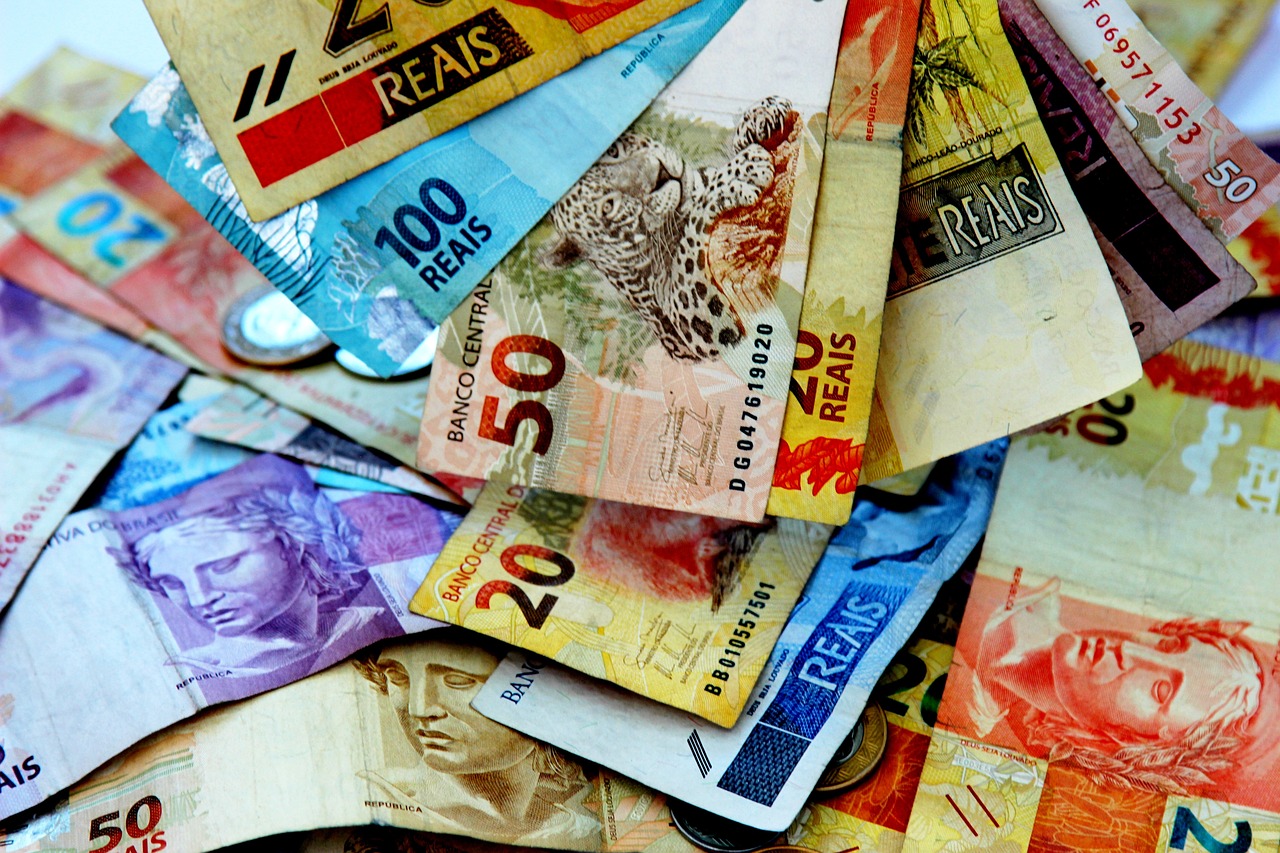Unveiling the Top Methods and Limitations of Sending Money to the Philippines: A Comprehensive Guide for Efficient Transactions
GPT_Global - 2024-03-17 06:30:03.0 519

What are the most popular methods for sending money to the Philippines?
Sending money to the Philippines has become easier and more convenient than ever before. With the advancement of technology and the rise of remittance businesses, there are now multiple methods available to transfer funds to your loved ones in the Philippines. Here are some of the most popular ways to send money to the Philippines:
1. Online Money Transfer Services
Online money transfer services such as PayPal, TransferWise, and Xoom allow you to send money to the Philippines from the comfort of your own home. These services often have lower fees compared to traditional banks, and the funds can be transferred quickly in a matter of minutes or hours.
2. Bank Transfers
Bank transfers are a secure and reliable way to send money to the Philippines. Most major banks offer international money transfer services, but they may come with higher fees and longer processing times compared to online money transfer services.
3. Remittance Companies
There are specific companies that specialize in remittance services, such as Western Union, MoneyGram, and Ria. These companies have physical locations where you can go and send money, making it a suitable option for those who prefer face-to-face transactions. However, keep in mind that their fees may be higher compared to other methods.
4. Mobile Money Transfer
With the widespread use of mobile phones in the Philippines, mobile money transfer has become a popular option. Services such as GCash, PayMaya, and Coins.ph allow you to send money directly to a recipient's mobile wallet, making it easier for them to access the funds.
5. Cash Pickup
Another popular method is cash pickup, where the recipient can pick up the money in person at designated locations such as banks, remittance centers, and convenience stores. This is a suitable option for those who do not have a bank account or access to a mobile wallet.
No matter which method you choose, always make sure to compare fees and exchange rates to get the best deal. Also, remember to only send money through reliable and reputable companies to ensure that your funds will reach your loved ones safely and on time.
Are there any limitations or restrictions when sending money to someone in the Philippines?
Sending money to loved ones in the Philippines is an important aspect of staying connected and providing support to family members and friends who may be living in the country. However, there are certain limitations and restrictions that need to be considered when sending money to the Philippines. This is especially true for remittance businesses, which specialize in facilitating international money transfers. Knowing and understanding these limitations can help ensure a smooth and hassle-free money transfer process.
The first limitation to be aware of is the maximum amount that can be sent to the Philippines. The Bangko Sentral ng Pilipinas (BSP) has set a limit of $10,000 USD per transaction for all incoming international remittances. This means that any amount exceeding this limit cannot be transferred in a single transaction. If you need to send a larger amount, you may have to split it into multiple transactions or use alternative methods such as wire transfers.
In addition to the maximum amount, there are also restrictions on the types of currency that can be sent to the Philippines. Currently, only US dollars and euros are allowed for international remittances. This means that if you are sending money from a different currency, it will need to be converted into either of these two currencies before it can be sent to the Philippines.
Another important limitation to take note of is the strict identification requirements for both the sender and receiver of the remittance. This is to prevent money laundering and other fraudulent activities. As such, remittance businesses will require documents such as valid IDs and proof of address from both parties when conducting a transaction.
Lastly, transactions made through remittance businesses may be subject to fees and foreign exchange rates. It is important to compare and research different providers to find the most cost-effective option for your specific transaction.
Overall, while there may be some limitations and restrictions when sending money to the Philippines, they are in place for the safety and security of all parties involved. By being aware of these restrictions and planning accordingly, you can ensure a smooth and successful money transfer experience.
How long does it typically take for someone to receive money sent to them in the Philippines?
The Philippines has become one of the top countries for remittance businesses, with millions of overseas Filipino workers sending money back home to their families. If you are looking to send money to the Philippines, you may be wondering how long it typically takes for the recipient to actually receive the money. The answer varies depending on the method of remittance and the specific service provider used.
If you are using traditional methods such as bank transfers or wire transfers, it can take anywhere from 1-5 business days for the money to reach the recipient in the Philippines. This is due to the various processes involved, including verification and clearance procedures. However, with the rise of online remittance services and digital wallets, the transfer time has significantly decreased.
With online remittance services, the recipient can receive the money instantly or within a few hours, depending on the specific platform and the time difference between countries. Digital wallets, such as PayPal or Payoneer, also offer fast and convenient ways to send money to the Philippines, with the recipient receiving the funds almost immediately.
Another factor that can affect the transfer time is the location of the recipient. If they are located in a remote area, it may take longer for the money to reach them compared to someone living in a more urban area with easier access to banking services.
In most cases, the transfer time for remittances to the Philippines is relatively quick and efficient, thanks to the advancements in technology and the variety of remittance options available. It is always best to research and compare different remittance service providers to find the one that offers the fastest transfer time and the most competitive fees.
In conclusion, the transfer time for someone to receive money sent to them in the Philippines can range from a few hours to 5 business days, depending on the method of remittance and the location of the recipient. By choosing the right service provider and utilizing online remittance services, you can ensure a speedy and hassle-free transaction for your loved ones back home.
Can I use a credit card to send money to someone in the Philippines?
As the world becomes increasingly interconnected, sending money to loved ones in different countries has become a common practice. This is especially true for Filipinos who work abroad and need to regularly send money back home. One question that often comes up is whether or not credit cards can be used for remittance services to the Philippines.
The answer is yes, credit cards can be used to send money to someone in the Philippines. Many remittance businesses now offer the option of using credit cards as a form of payment. This is a convenient and secure way to transfer funds without the need for cash or physical checks.
Using a credit card for remittance services is also a great option for those who do not have access to traditional banking methods. It provides a faster and more efficient way to send money compared to other forms of payment.
However, it is important to note that there may be additional fees involved when using a credit card for remittance. These fees will vary depending on the remittance service provider, so it is best to compare rates and choose the one that offers the most competitive fees.
In addition, some credit cards may have foreign transaction fees when used for international remittance. It is advisable to check with your credit card company to see if this applies to your card.
If you decide to use your credit card for remittance services, make sure that you are using a reputable and secure remittance company. Always double-check the recipient's information and confirm the transfer before completing the transaction.
In conclusion, credit cards can be an effective and convenient way to send money to someone in the Philippines. Just remember to compare fees and use a trusted remittance service for a hassle-free transaction. With the ease and accessibility of credit cards, connecting with loved ones through financial support has never been easier.
About Panda Remit
Panda Remit is committed to providing global users with more convenient, safe, reliable, and affordable online cross-border remittance services。
International remittance services from more than 30 countries/regions around the world are now available: including Japan, Hong Kong, Europe, the United States, Australia, and other markets, and are recognized and trusted by millions of users around the world.
Visit Panda Remit Official Website or Download PandaRemit App, to learn more about remittance info.



